In the world of watchmaking, the terms "Japan MOVT" and "Swiss MOVT" are frequently used to describe distinct mechanisms that power timepieces. Understanding the difference between these two types of movements is crucial for any watch enthusiast or potential buyer. This article delves into the contrasting characteristics of Japan MOVT and Swiss MOVT, shedding light on their origins, precision, craftsmanship, reputation, and market position.
Japan MOVT, an abbreviation for Japanese Movement, refers to watch movements produced in Japan. With a rich heritage of technological innovation, Japan has established itself as a prominent player in the global watch industry. On the other hand, Swiss MOVT denotes the esteemed craftsmanship that originates from Switzerland, widely recognized as the birthplace of watchmaking.
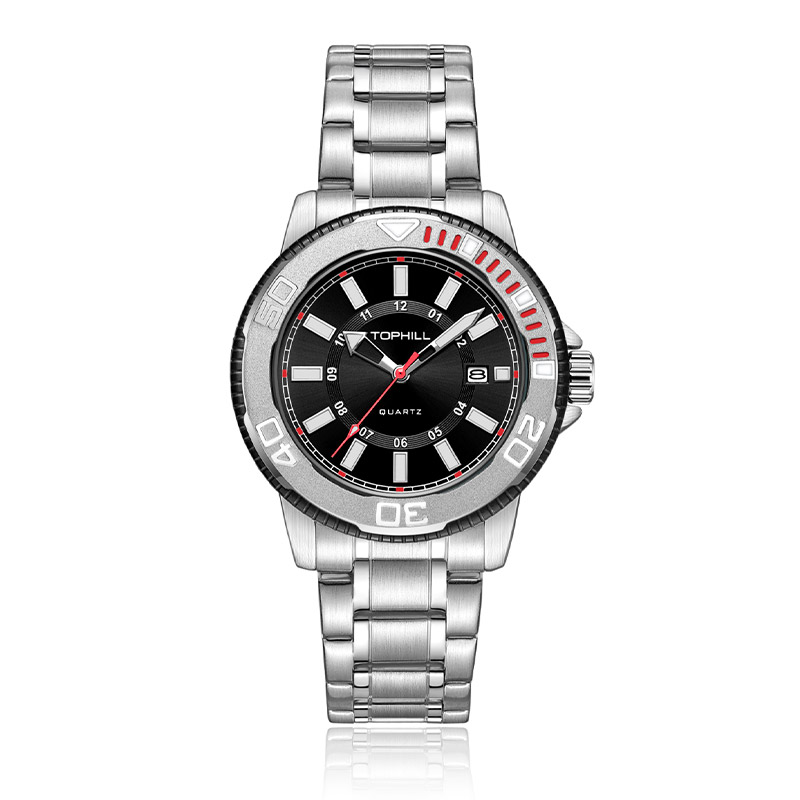
When it comes to precision engineering, both Japan MOVT and Swiss MOVT exhibit exceptional quality. Japanese movements are often praised for their accuracy, reliability, and attention to detail. Japanese watchmakers are renowned for their use of advanced technology, such as quartz movements, resulting in precise timekeeping. Conversely, Swiss movements boast a long-standing tradition of meticulous hand craftsmanship and mechanical movements, which are valued for their high level of precision and craftsmanship.
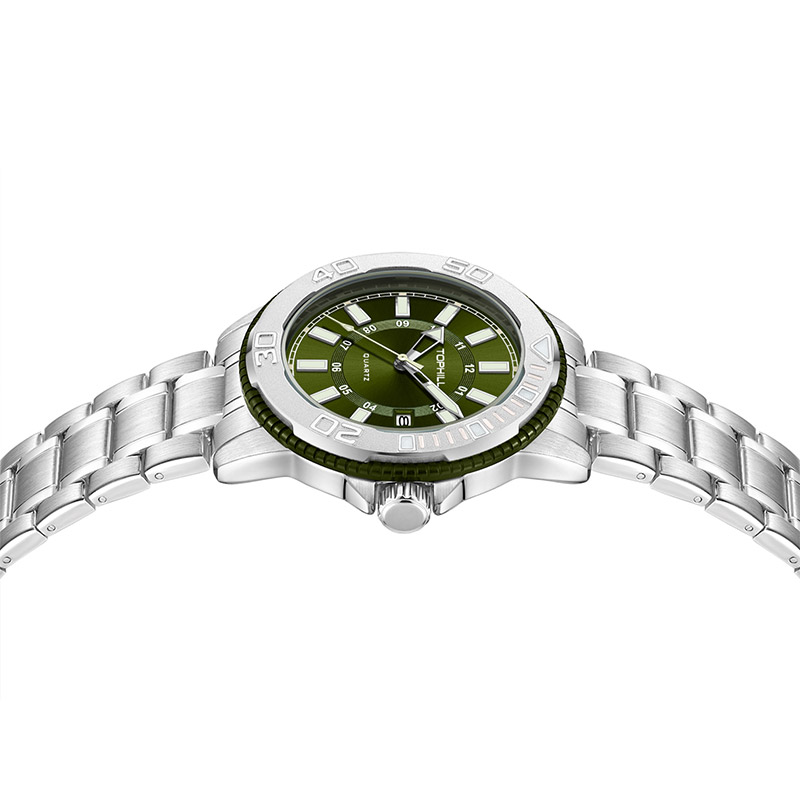
In terms of craftsmanship and tradition, Japan MOVT and Swiss MOVT showcase distinct approaches. Japanese watchmakers excel in producing reliable and affordable watches through advanced manufacturing processes. By focusing on efficient production, Japanese brands often offer competitive prices without compromising quality. In contrast, Swiss watchmakers prioritize traditional watchmaking techniques and hand-finishing, resulting in timepieces that are considered works of art. Swiss watches are associated with a sense of luxury, exclusivity, and exceptional craftsmanship.
Over the years, both Japan MOVT and Swiss MOVT have built their own reputations within the watch industry. Japan MOVT has gained recognition for its innovation and continuous improvements in precision and technology. Japanese watch brands have successfully positioned themselves as reliable and accessible choices for watch enthusiasts worldwide. On the other hand, Swiss MOVT enjoys a classic appeal and an enduring reputation for excellence. Swiss watches are synonymous with timeless elegance, high prestige, and exceptional quality, making them coveted by collectors and luxury watch enthusiasts.
When it comes to market position, Japan MOVT and Swiss MOVT serve different segments of the watch market. Japan MOVT dominates the market for affordable and entry-level watches, catering to a wide range of consumers seeking reliable timekeeping without breaking the bank. Japanese watch brands such as Seiko and Casio have created a niche for themselves in this segment. On the other end, Swiss MOVT occupies the luxury watch market, commanding higher prices due to the prestige, craftsmanship, and heritage associated with Swiss watches. Luxury Swiss brands like Rolex, Patek Philippe, and Omega are highly sought after by watch connoisseurs and collectors.
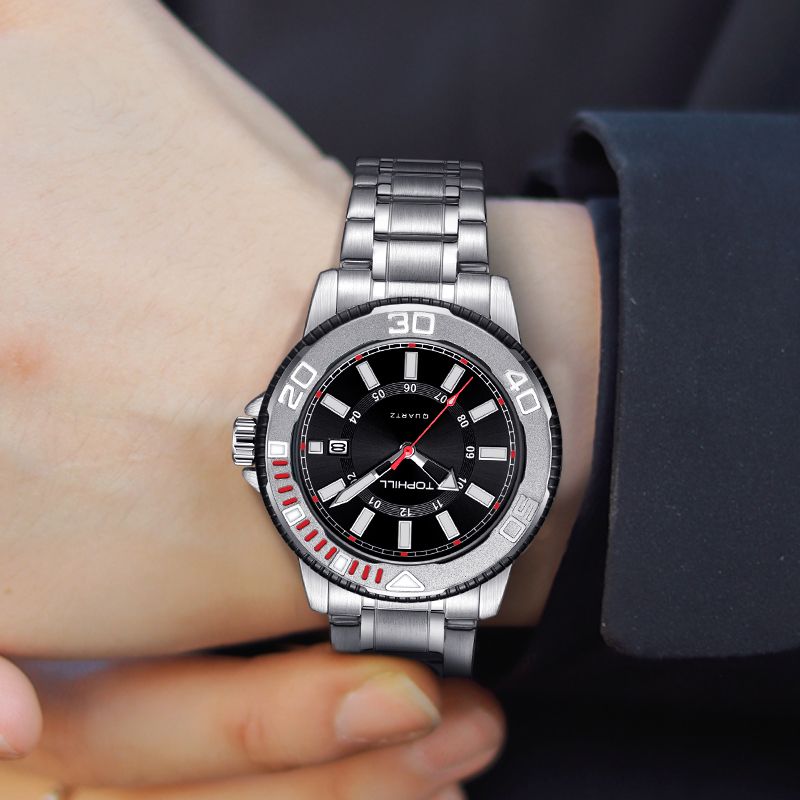
In conclusion, the difference between Japan MOVT and Swiss MOVT is more than just geographic. While Japan MOVT emphasizes technological innovation, precision, and affordability, Swiss MOVT revolves around tradition, craftsmanship, and luxury. Choosing between the two ultimately depends on personal preferences, budget, and the desired perception of the watch. Whether one seeks a reliable timepiece accessible to a wide audience or a prestigious luxury watch to make a statement, both Japan MOVT and Swiss MOVT cater to different needs, ensuring the diversity and vibrancy of the watch industry.
Tags: china mens wrist watches factory china stainless steel mens watches supplier china band watch factory
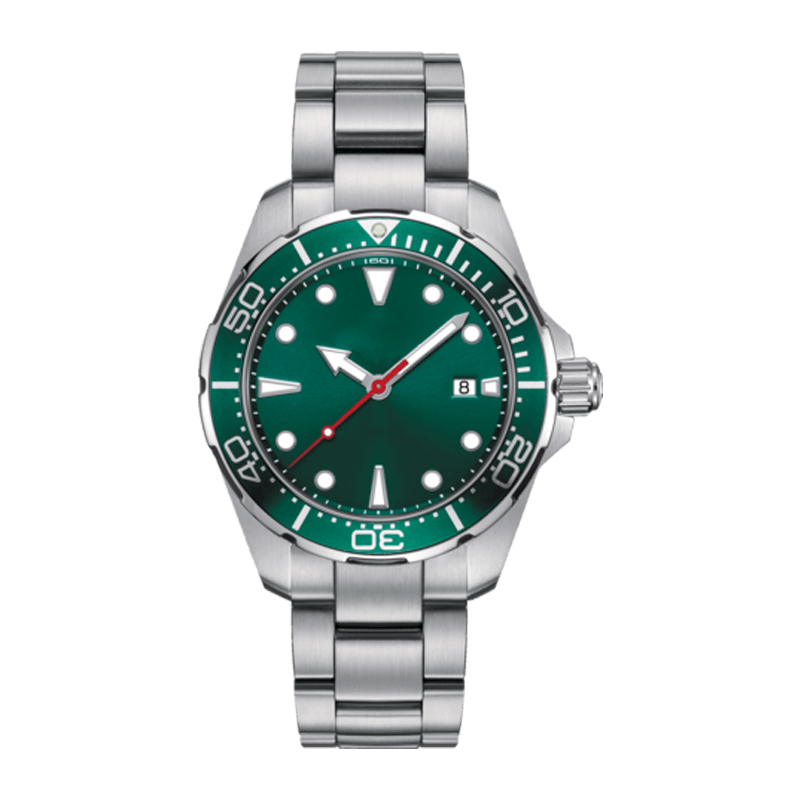 Tired of Leakage Issues? Can a Professio
Tired of Leakage Issues? Can a Professio
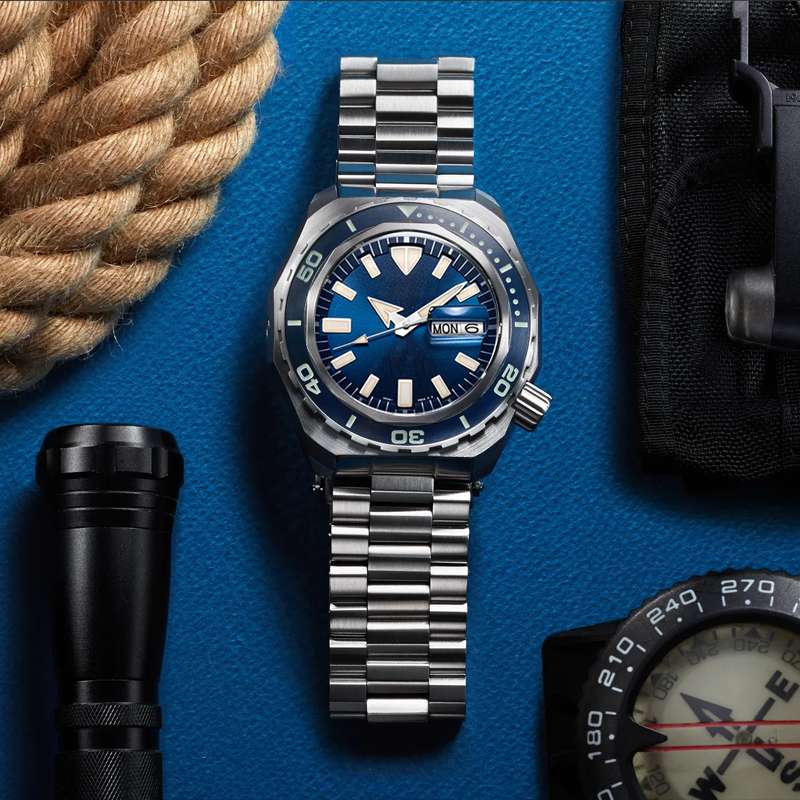 What Are the 5 Key Features to Inspect B
What Are the 5 Key Features to Inspect B
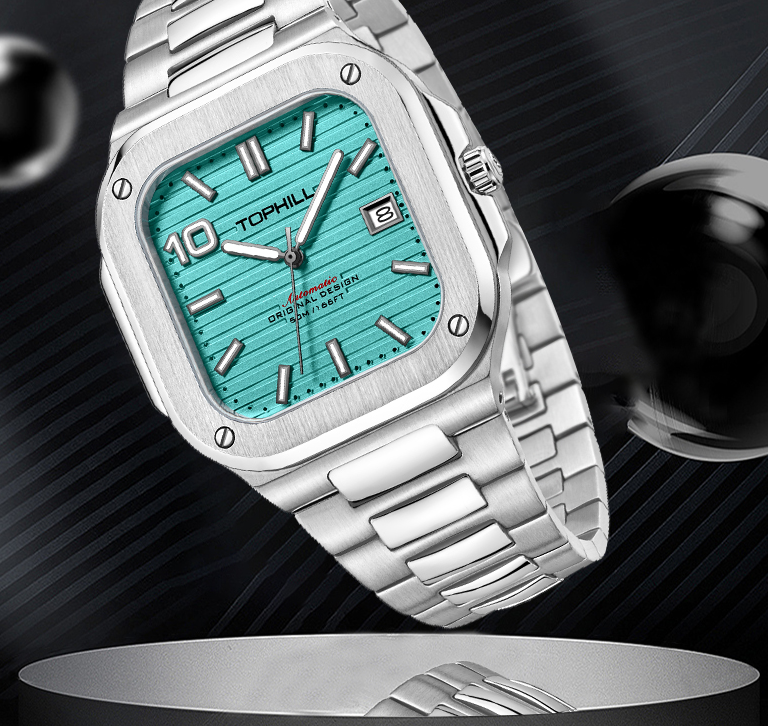 How to Clean Stainless Steel Bands: A De
How to Clean Stainless Steel Bands: A De
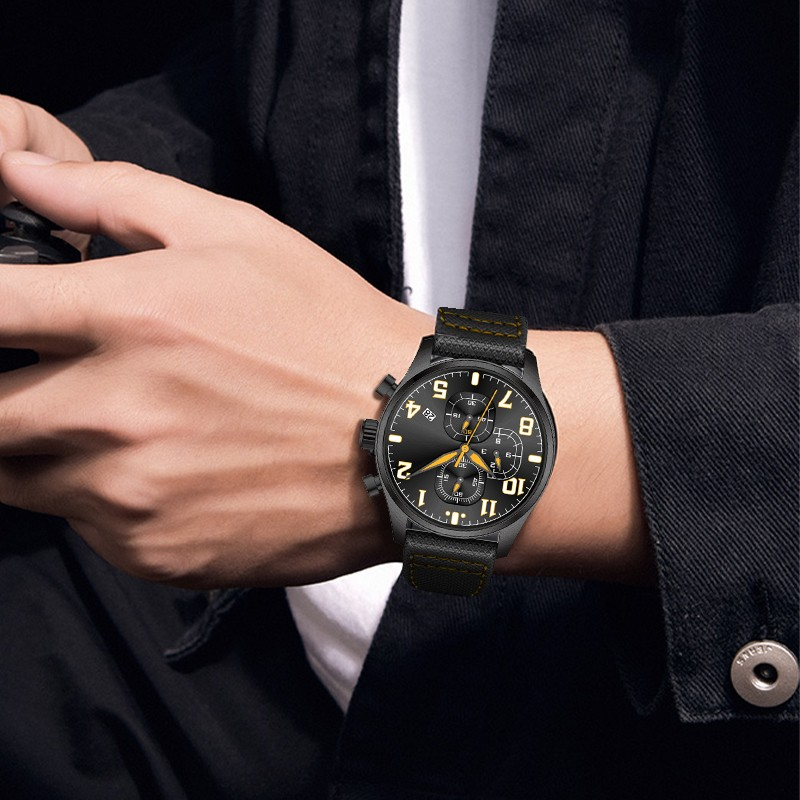 How Does a Seiko Stainless Steel Watch C
How Does a Seiko Stainless Steel Watch C
Super Time